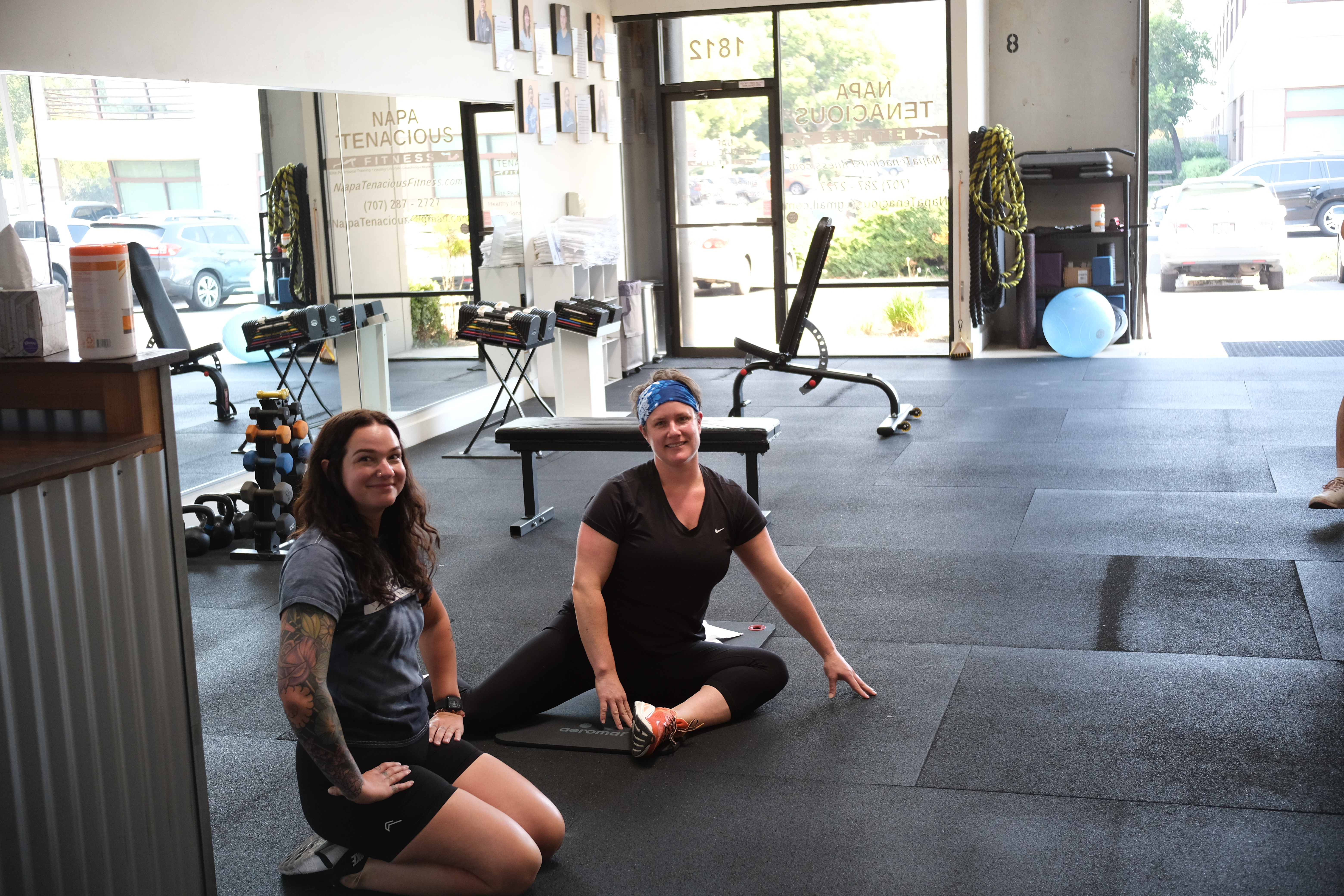The spinal cord is an elongation of our brain consisting of a series of hollow bones stacked on top of each other. These bony structures are our vertebrae. Spanning from the base of the skull down to the buttocks, each vertebra possesses a hollow cylinder-like interior meant to encase and protect the spinal cord. Consisting of five main sections, the vertebrae have a unique stacking system that allows root nerves stemming from the spinal cord to travel out of facet joints to innervate various areas of the body.
The cervical section of the spine consists of seven vertebrae that start from the skull and travel down to the shoulders. Granting the the ability to flex the cranium up and down, bend sides to side, glide forward and backward, and rotate left to right, the cervical vertebrae not only have unique functions that allow for coordinated movements of our head, but also feature spinal root nerves that innervate our neck, shoulder, and upper extremity motor nerves. The thoracic spine has twelve vertebrae with attachment points to the rib cage. The lumbar spine consists of five thick vertebrae. The spinal root nerves stemming from the lumbar spine are responsible for innervation of the lower extremities including the hip, knee, and ankle joints. Finally, we have the sacral and coccygeal vertebrae. The sacrum consists of five fused vertebrae that make up a portion of the pelvis. The coccyx consists of three to five vertebrae making our tailbone.
Similar to how Highway 29 transports people from Napa up to St. Helena so they can enjoy world-famous wineries and restaurants, the spinal cord transports critically important neuromuscular signals from the brain to organs. In the case of neuromuscular signals, the organs that have connection points from the spinal roots nerves are our skeletal muscles present in our arms, core, and lower extremities.
A disruption to Napa Valley’s Highway 29 in the form of rush hour traffic or a detour caused by road work creates a slowing of cars and people heading to their destination. The same concept of hindered electronic signals traveling from the brain, down the spinal cord, and to the body’s muscles occurs when there is a disturbance in one of the segments of the spine’s vertebrae.
Pinched nerves, bulging discs, or spinal compression fractures can significantly hinder our body’s ability to function. These injuries are created when one of the vertebrae shifts out of alignment or is impacted by an acute injury in which the spine is damaged. If a disc between one of the vertebrae is pushed out to the side of the spine, it can press on spinal root nerves that bud out of the spinal cord. Compressed nerves create sensations of pain and slow the signal sent from the brain to the muscles that the spinal root nerve innervates. This hindrance of nervous signals caused by a disruption of the spine is akin to the two-lane road of Highway 29 being condensed to one lane and having cars directed by traffic control workers.
One could imagine when maintenance work occurs on a small highway. The result is a long, slow, and tedious car ride is at hand. Obstructions to the spine and its root nerves aren’t much different. Once a blockage occurs in the pathways responsible for transporting nervous signals from the brain, down the spinal cord, to a spinal root nerve, to a skeletal muscle, we can expect slower, weaker, and uncoordinated movements from our body. Therefore, if optimal function of body movement and mitigating pain is a priority, the structural integrity and regular maintenance of our spine health can’t be overstated.
Strength and flexibility training to prevent injuries to optimize functionality and production is a key component of our lives. A commonly understood concept to minimize injuries to the spine is to regularly conduct exercises two or three times per week. However, let’s not forget a key factor of our days holding merit toward our spinal health: posture. Humans sit and stand in one position for prolonged periods. A common injury that affects the integrity of our spine health is poor posture. Leaning the head too far forward when looking at our monitors at work, peering down at our two-by-four inch phone fifty-something times per day, or hunching over our steering wheels while driving are common examples when our spine contorts in a candy cane-like shape. Similar to our examples of Highway 29 being a straight shot from the south to the north end of the valley, one could imagine that if that straight line is hindered, people wouldn’t get to where they want to go in a desirable time frame.
We use a few simple cues to remind our personal training clients to practice optimal spinal posture. While standing, envision your body from a lateral view. Now, line your ears up in line with your armpits. Follow by lining your hips underneath your armpits and bringing your knees and ankles underneath your hips. If done correctly, you should be able to trace an imaginary straight line from your ears to your armpits, to your hips, down to your knees, to your ankles. Once this tactic has been executed, a body with proper spinal alignment is usually produced that is free of suboptimal spinal curvatures that could cause impingements to our spinal root nerves.
Our spinal health is important to our everyday quality of life. Practice optimal posture throughout the day to preserve the architecture of your spine and supercharge the performance, efficiency, and functionality of performance throughout your lifetime fitness journey.
Sean McCawley, the founder and owner of Napa Tenacious Fitness in Napa, CA, welcomes questions and comments. Reach him at 707-287-2727, napatenacious@gmail.com, or visit the website napatenaciousfitness.com.

